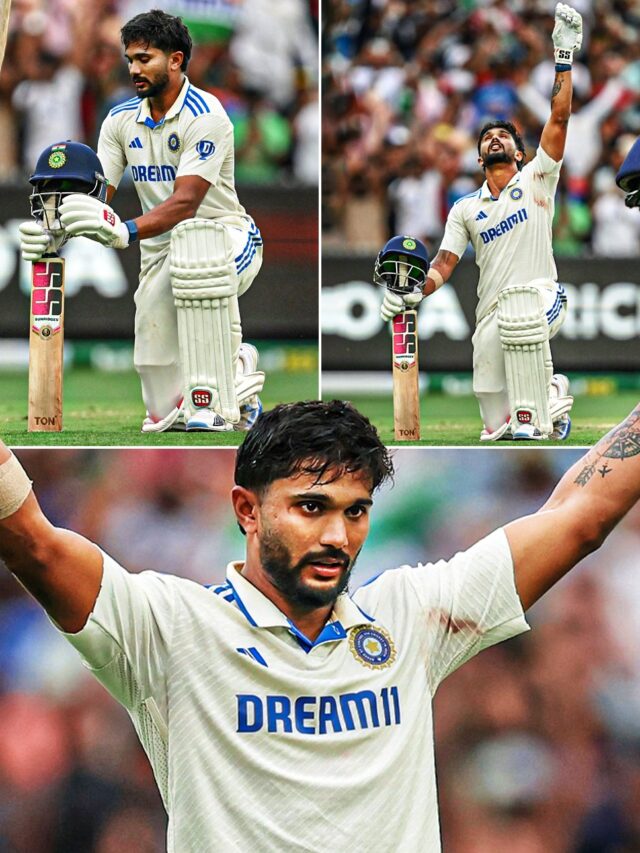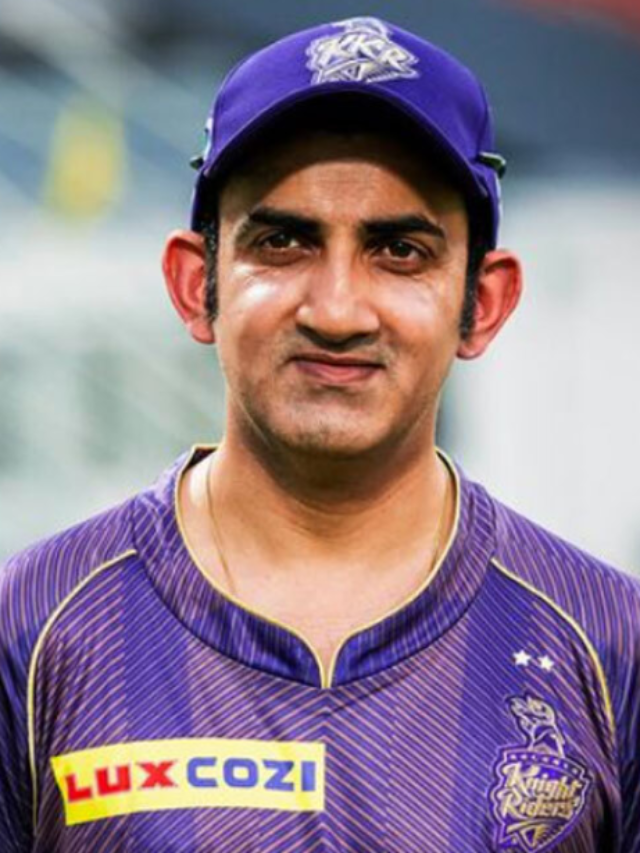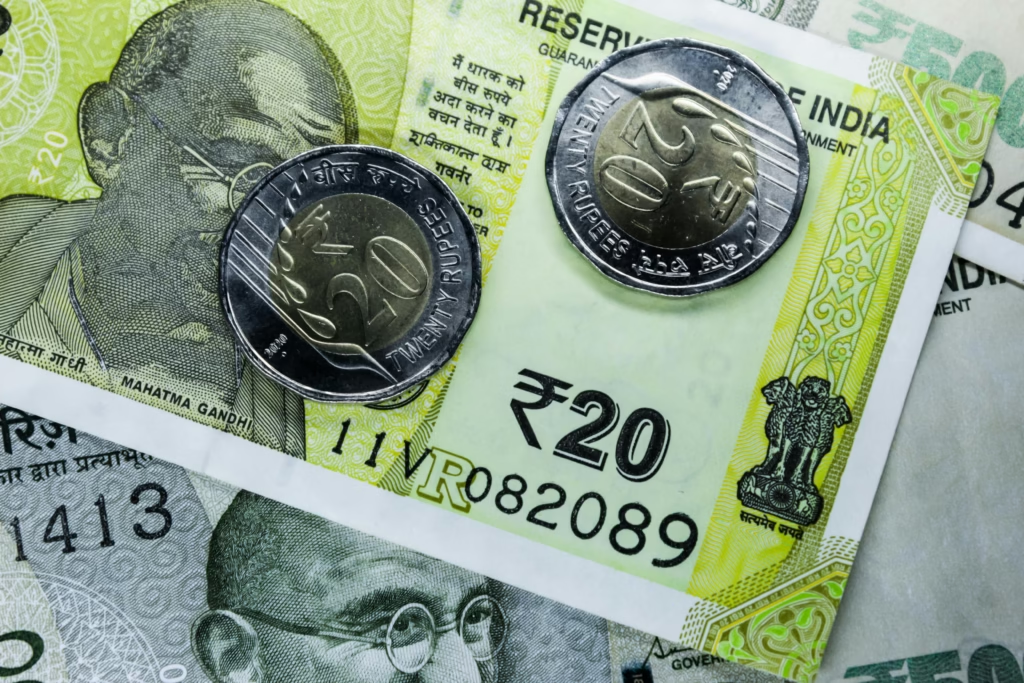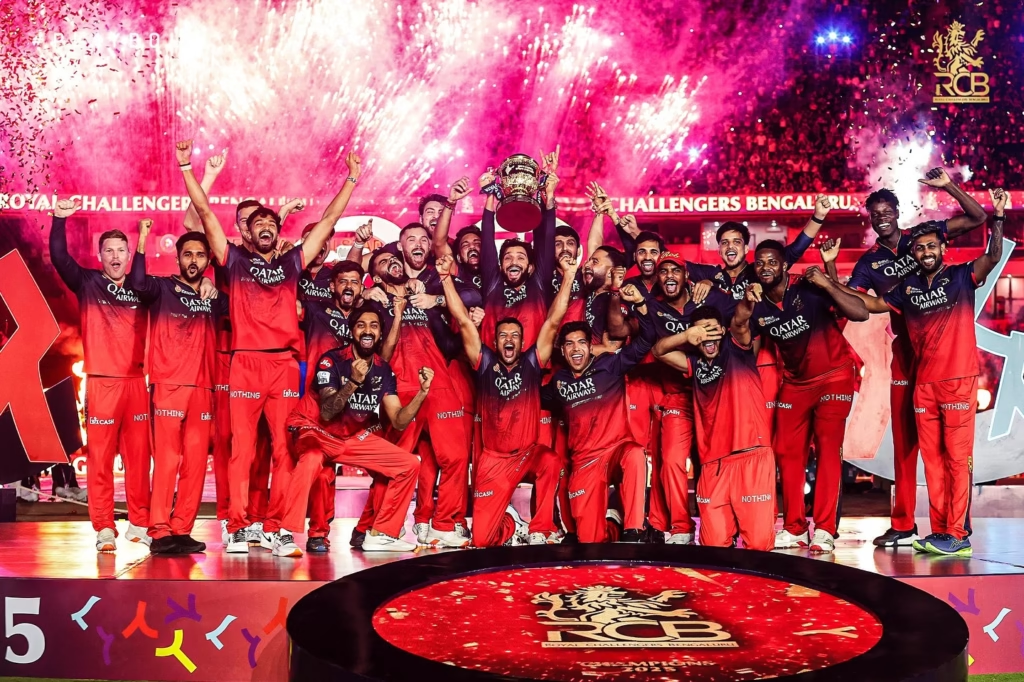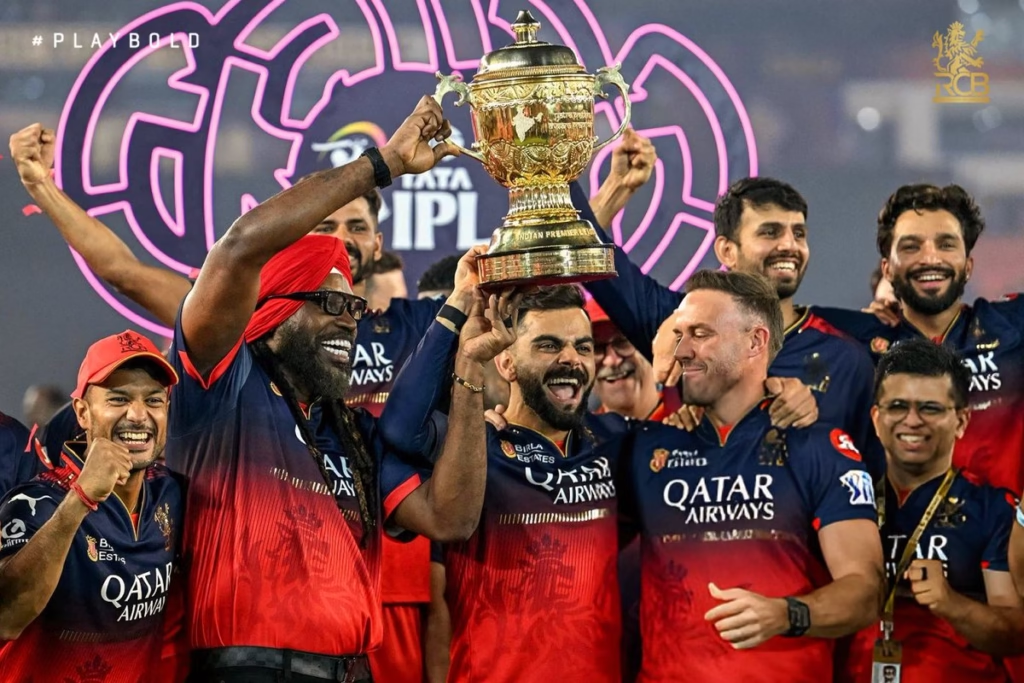Table of Contents
ToggleAll About Sanjay Malhotra New RBI Governor
Sanjay Malhotra has assumed office as the 26th Governor of the Reserve Bank of India (RBI) on Wednesday, December 11. He succeeds Shaktikanta Das, who completed his six-year tenure as RBI chief on Tuesday. Malhotra’s term as the head of India’s central bank will span three years.
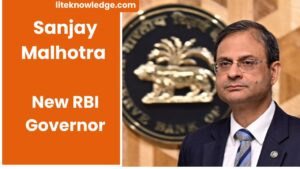
All About Sanjay Malhotra New RBI Governor
Sanjay Malhotra: A Seasoned Administrator
Sanjay Malhotra, a 1990-batch IAS officer from the Rajasthan cadre, brings with him a wealth of experience spanning over three decades.
Educational Background
- Bachelor’s degree in Computer Science Engineering from IIT Kanpur
- Master’s in Public Policy from Princeton University, USA
Professional Journey
Malhotra has held pivotal roles at both state and central government levels. His career highlights include:
- Secretary (Revenue) in the Ministry of Finance
- Secretary in the Department of Financial Services
- Chairman and Managing Director of Rural Electrification Corporation Limited
Known for his expertise in finance and taxation, Malhotra has played a significant role in shaping India’s tax policies.
- At a recent Directorate of Revenue Intelligence event, he emphasized the importance of focusing on the broader economic interests rather than mere revenue collection.
Challenges Ahead for the New RBI Governor
Malhotra steps into the role at a time when India’s economic growth has slowed to 5.4% in the July-September quarter. There is mounting pressure to reduce interest rates amidst evolving economic challenges. His ability to navigate these complexities will be crucial for ensuring financial stability and promoting growth.
A Mathematical Mind with a Detail-Oriented Approach
Malhotra is known for his strong analytical skills and a focus on data-driven decision-making. Within the Ministry of Finance, he was recognized for building predictive models for government tax revenues.
A source described him as a “hard taskmaster” with an exceptional memory for details. While he holds daily review meetings, he is also praised for respecting the boundaries of his role and focusing on core issues.
With his extensive experience and a strong academic foundation, Sanjay Malhotra is expected to adopt a balanced approach to India’s monetary policies. His leadership will be instrumental in addressing current economic challenges while ensuring long-term growth and stability.
Meanwhile, Shaktikanta Das leaves behind a legacy of resilience and trust, wishing the RBI continued success as one of India’s most trusted institutions.
About the Reserve Bank of India (RBI)
The Reserve Bank of India (RBI) is India’s central bank and regulatory authority responsible for managing the country’s monetary policy, issuing currency, and overseeing the financial and banking systems.
- Established in 1935, the RBI plays a pivotal role in maintaining economic stability and fostering growth in the Indian economy.
Key Historical Milestones of RBI
1. Establishment:
-
- The RBI was established on April 1, 1935, under the Reserve Bank of India Act, 1934.
- It started as a privately owned institution and was later nationalized on January 1, 1949, making it wholly owned by the Government of India.
2. Headquarters:
-
-
- Initially headquartered in Kolkata, the RBI was moved to Mumbai in 1937, where it remains today.
-
3. First Governor:
-
- Sir Osborne Smith was the first Governor of the RBI, serving from 1935 to 1937.
4. Currency Issuance:
-
- The RBI gained the sole authority to issue banknotes in India, which began with the issuance of the first rupee note in 1938.
5. Reforms and Modernization:
-
- Over the decades, the RBI has evolved to adapt to changing economic landscapes, introducing reforms in banking, digital payments, financial inclusion, and inflation control.
Functions of Reserve Bank of Indi (RBI)
1. Monetary Policy Management:
The RBI formulates and implements India’s monetary policy to maintain price stability and support economic growth.
2. Currency Issuance:
-
-
- It has the sole authority to issue currency in India, ensuring a steady supply of money and combating counterfeiting.
-
3. Regulation of Banks:
-
- The RBI regulates and supervises commercial banks, cooperative banks, and non-banking financial companies (NBFCs) to ensure a sound banking system.
4. Foreign Exchange Management:
-
- The RBI manages the country’s foreign exchange reserves and ensures the stability of the Indian rupee.
5. Developmental Role:
-
- It promotes financial inclusion, provides credit to priority sectors, and supports government initiatives like Make in India and Digital India.
RBI Governors: A Legacy of Leadership
Since its inception, the RBI has been headed by 26 Governors, including the latest appointee, Sanjay Malhotra.
Here’s a quick look at some notable Governors:
1. Sir Osborne Smith (1935-1937):
-
- The first Governor, known for his expertise in commercial banking.
2. C.D. Deshmukh (1943-1949):
-
-
- The first Indian Governor, who later became India’s Finance Minister.
-
3. Manmohan Singh (1982-1985):
-
- Known for his visionary policies, he later became India’s Prime Minister.
4. Raghuram Rajan (2013-2016):
-
- An economist of international repute, he focused on financial reforms and inflation targeting.
5. Shaktikanta Das (2018-2024):
-
- Successfully navigated the RBI through the COVID-19 pandemic, inflation challenges, and global economic shocks.
6. Sanjay Malhotra (2024-present):
-
- A technocrat with a strong administrative background, he now shoulders the responsibility of steering the RBI during challenging economic times.




